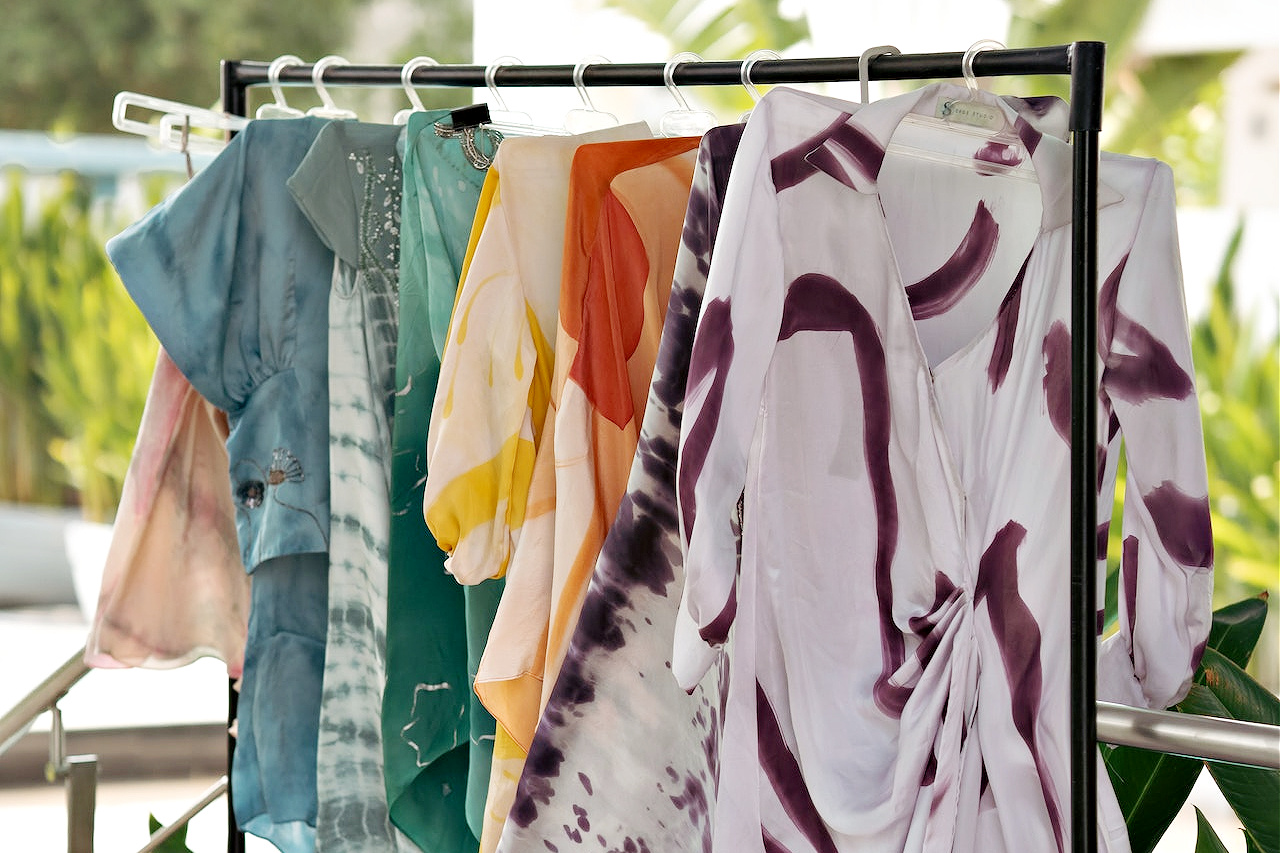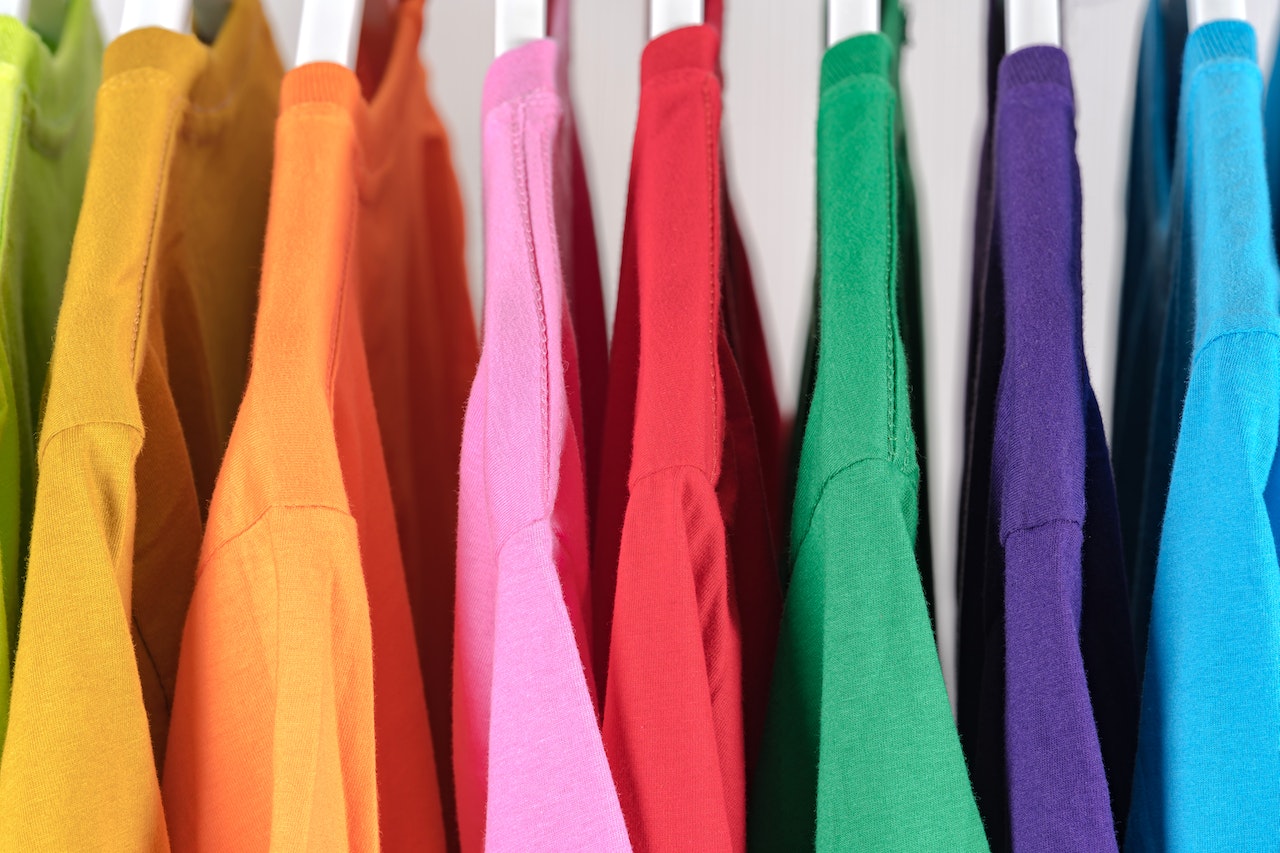
Experimenting with the colors of your clothes is a great way to enhance your outfits. After all, color is an excellent tool for conveying your style, emotions, and mood. The element of color has to be used properly, however, for your look to be cohesive.
Even though you shop tights and other clothing basics in several different colors, it may be difficult to incorporate them into your outfits if the colors tend to clash. It isn’t just an issue for contrasting colors; your ensemble may still look muddled if you’re having trouble matching various tones of the same base hue.
Thankfully, there are a lot of things you can do to improve your use and understanding of color in your fashion, even as a newbie fashionista. Here are four tips you can follow to get the color coordination aspect of your outfits down.
Get to Know the Color Wheel
It’s challenging to pair colors together if you don’t have a good understanding of the colors you’re working with. That’s why it’s a good idea to get to know the color wheel, as it will help you understand and appreciate the hues, tones, and shades that make up this versatile theory of color.
The color wheel was invented by English mathematician and physicist Sir Isaac Newton while he was studying how white light reflects off of prisms. Newton observed that light split into different colors, and thus tried to condense the color spectrum into a wheel. Doing so allowed him to see how the colors relate to each other.
The color wheel can be broken up into three major parts: primary, secondary, and tertiary colors. Primary colors are colors that can’t be achieved when mixing shades, i.e. the colors red, yellow, and blue. Secondary colors, on the other hand, are color combinations resulting from the combination of two primary colors.
Thus, the colors orange, purple, and green fall under this category. Finally, tertiary colors are what you get when you mix primary and secondary colors. The resulting assortment of shades includes aqua, magenta, teal, and amber.
What does this have to do with fashion? You’ll see when you look at the color wheel and deduce what colors look good together because they’re either close or opposites in shade or tone.

Learn a Bit of Color Theory
When you’re more familiar with the color wheel, you can incorporate a little more color theory into your thought process when creating an outfit. Color theory teaches you the fundamentals of how to make color schemes that are more appealing to the eye.
This way, you can strategically use the colors you have to build a look that suits the season or further brings out your unique sense of style.
There are a lot of rules and guidelines that come with the study of color theory. However, to ensure that you’re not too overwhelmed by the subject, let’s take a look at four ideas in color theory that are typically used in fashion:
1 – Using warm and cool tones. Using color temperature as your main inspiration for your outfits is an excellent way to express your mood. Colors such as red, orange, and yellow evoke a warm tone, so they can represent feelings of happiness. Blue, green, and purple, on the other hand, are cool tones, so they can be used to display a relaxed disposition and a sophisticated aura.
2 – Playing with gradients through your monochromatic look. A monochromatic outfit is a powerful type of ensemble that can easily grab people’s attention. However, if you’re wearing clothes that all come in the same shade, then your outfit might be too one-note.
To give your monochromatic ensemble a little more dimension, you can use gradients that are within the same color family. For example, if the main piece of your outfit is blue, you can wear layers or accessories that come in sky blue, turquoise, aqua, and teal. This way, your outfit will look more cohesive and aesthetically pleasing to the eye.
3 – Experimenting with complementary colors. Colors that are complementary to each other are found on opposite sides of the color wheel. When used together, they enhance each other by making each other pop. Some examples of complementary colors include blue and yellow, red and green, and blue-green and red-orange.
4 – Staying simple with neutral colors. Remember, too, that the colors you choose for your clothes don’t always have to be flashy. Sticking to neutral tones like beige, white, and tan can create for you an outfit that offers a soft, yet harmonious appearance.
Check out other fashion posts on the blog!

Stay Up-to-Date with Fashion Trends
Now that you have some understanding of the color wheel and how applying color theory can make your outfits stand out, it’s a good idea to observe how the pros put theory into practice. Fashion designers, bloggers, and influencers have an excellent grasp of how to color-coordinate and incorporate colors into their ensembles.
By following their websites or social media accounts, you can take inspiration from them and learn about their thought process when they’re creating their signature color-coordinated looks.
Use the Color Wheel to Organize Your Closet
Coming up with stunning outfits can sometimes entail being messy, especially when you want to mix and match the colors of your clothes. You may tend to grab and pull things out of your closet just to find the perfect blue top or the most complementary pair of tights.
To help you stay organized, it’s in your best interest to color-coordinate your closet. Doing so will not only keep your room clean and tidy, but it’ll also simplify the process of creating an ensemble that comes in the perfect combination of colors.
Properly incorporating different colors into your outfit doesn’t only make you look good, but it can also help you express your personality and mood. But what should you do when there are so many hues, tones, and shades to choose from?
Use these tips to become a master of color coordination, and put your newfound knowledge of color theory to good use by flaunting your style in every outfit that you wear.







